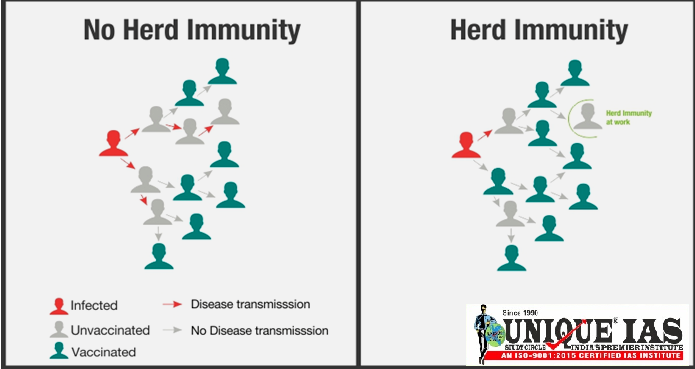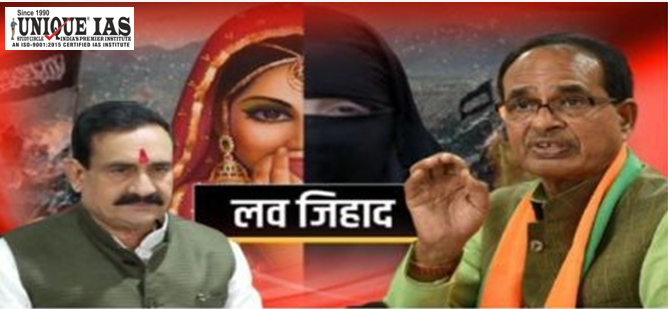GENDER BUDGETING
Why in news? : Development, Monitoring and evaluation office (DMEO) (an attached office of Niti Aayog) has pitched in for the Gender Budgeting Act to the mainstream of gender-based budgeting across all ministries.
What is Gender Budgeting?: Preparing budgets or analyzing them from a gender perspective. Also termed as gender-sensitive budgeting, this practice does not entail dividing budgets for women. A powerful tool to achieve gender mainstreaming so as to ensure that benefits of development reach women as much as men.
What the report says? : Gender budgeting is not practiced in most states and is also not captured for many schemes in different sectors. It is essential for such a demographic dividend.
What DMEO suggested? :
- Improve social acceptance of transgenders
- More allocation of funds: Ministry of Women & Child Development (MWCD) should encourage state governments to increase their budgetary allocation towards women and child development, protection and welfare schemes
- Policy on women: There is a need to ‘finalise the National Policy for Women with revision in 2016 draft policy’.
- Provide gender-disaggregated data: absence of such data makes it difficult to measure the true impact of the schemes resulting in poor strategy design.
- Indian Context: India has a gender budget component since 2005-06 wherein schemes having allocations at least 30% for women is highlighted.Beijing declaration and platform for action 1995 recommended Gender Budgeting.
India’s gender budgeting efforts is unique because they have not only influenced expenditure but also revenue policies (like differential rates for men and women in property and Income tax rates)
Gender Budgeting Cells (GBC) has been mandated in each ministries/Department. India ranked poor 140 (out of 156) in latest Global gender gap report therefore India needs to do a lot in this path.




.jpg)
.jpg)
.jpg)
.jpg)
.jpg)





